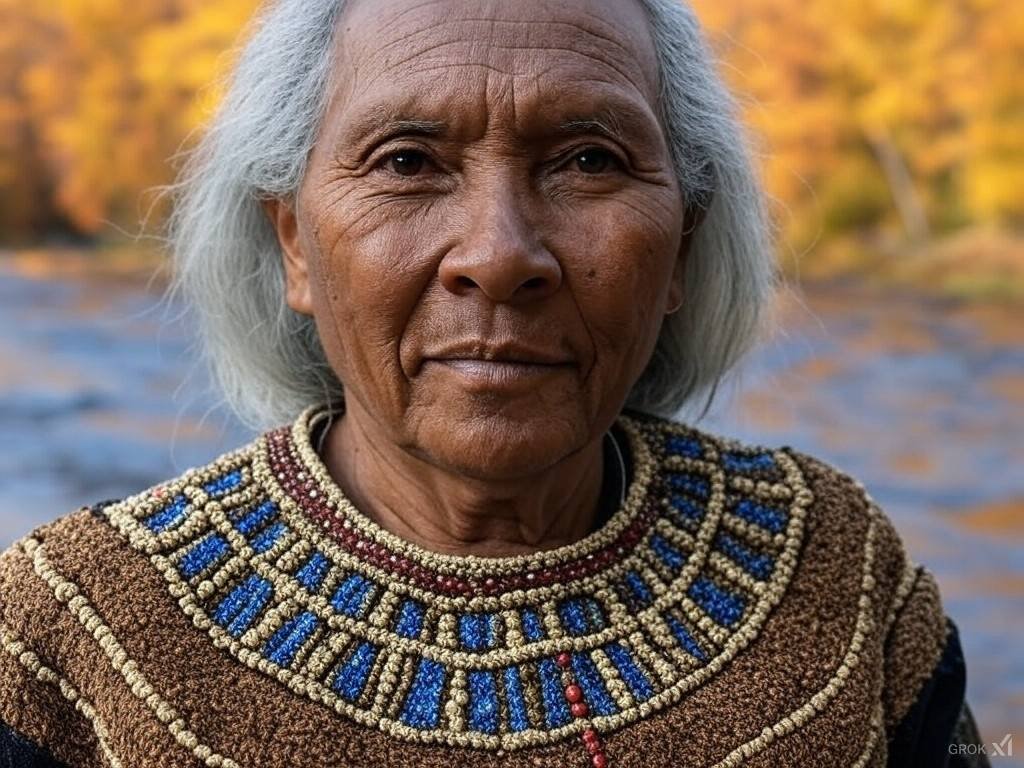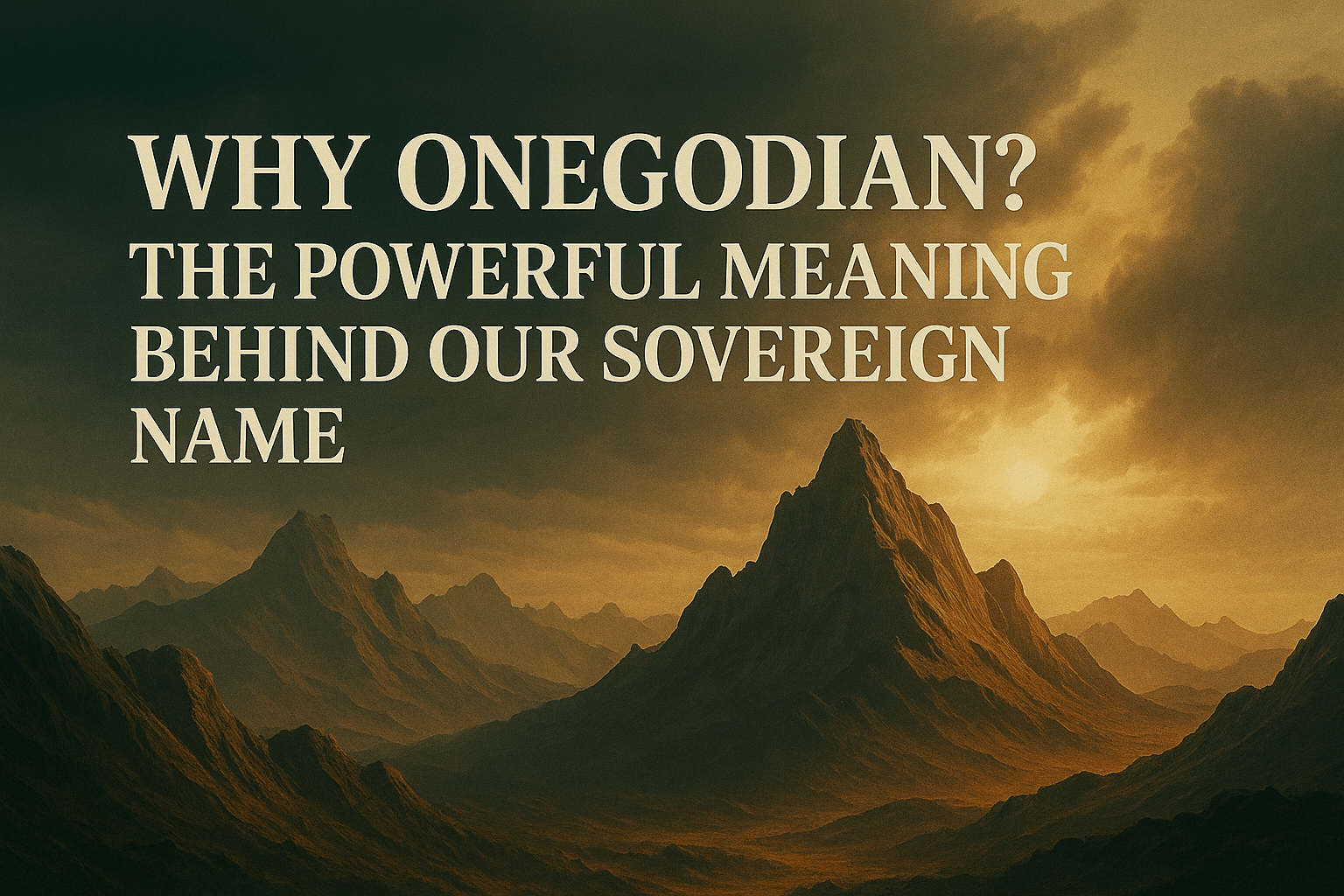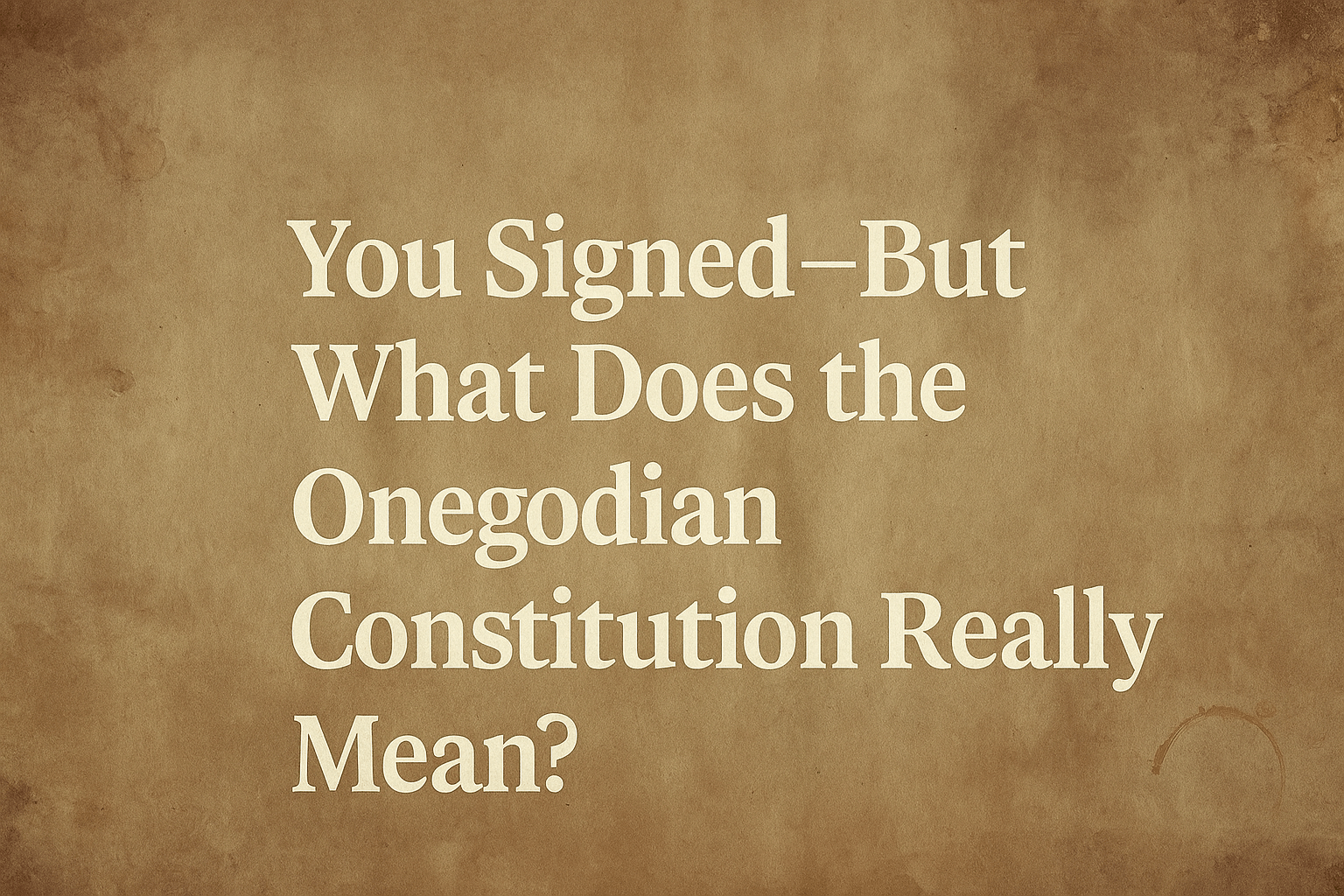Black History Month: Reclaiming the Identity of Indigenous Americans
Sunday, February 9, 2025
On this ninth day of Black History Month, we reclaim the identity of Black Americans who were reclassified and erased from their indigenous heritage.
For centuries, Black Americans have been taught that their only history in this land begins with slavery. But the truth is far more complex. Many Black Americans are not just the descendants of enslaved Africans—they are also the original inhabitants of this land, the indigenous people who were stripped of their identity, renamed, and forced into a racial category that erased their true heritage.
Today, we challenge the false narratives and reclaim what was lost.
The Erasure of Indigenous Black Americans
During the 17th and 18th centuries, European settlers encountered dark-skinned indigenous people throughout the Americas. These Copper-Colored natives were recorded in early documents, but as colonization expanded, a systematic effort was made to strip them of their land and tribal affiliations. This was done in several ways:
- Racial Reclassification: Native Americans with darker skin were categorized as “Negro” or “Mulatto” in census records, severing their legal ties to their tribes.
- Paper Genocide: Laws like the 1924 Racial Integrity Act in Virginia forced indigenous people to be classified as “Colored,” erasing their tribal status and making land reclamation impossible.
- Forced Assimilation: Many Native American children were taken from their families and placed in “Indian boarding schools,” where they were stripped of their culture, language, and identity.
- Legal Dispossession: Indigenous lands were stolen through fraudulent treaties, land grabs, and violent removal policies like the Indian Removal Act of 1830, which disproportionately affected dark-skinned tribes.
By the late 19th and early 20th centuries, many Black Americans no longer knew their indigenous ancestry because it had been systematically erased.
How Do We Know the Truth?
Despite efforts to erase this history, traces of Black Indigenous identity remain:
- Historical Documents: Early European explorers described indigenous peoples with dark skin, similar to modern Black Americans.
- Family Oral Histories: Many Black families have stories of a Native American ancestor, but official records often classified them as “Negro” instead.
- DNA Evidence: Genetic research is uncovering indigenous ancestry in many Black Americans, proving their connection to native tribes.
- Land Disputes & Tribal Recognition: Some Black descendants of Native Americans are fighting to have their tribal heritage restored, despite opposition from government agencies that seek to keep them classified as African American only.
Tribes with Black Indigenous Ancestry
Many tribes had members who were either misclassified or mixed with African bloodlines due to shared struggles against colonization and slavery. Some examples include:
- The Yamasee Nation (Southeast U.S.) – Known for their dark skin, many were reclassified as Black or Mulatto.
- The Black Seminoles (Florida & Oklahoma) – A powerful alliance between runaway African slaves and indigenous Seminole warriors.
- The Pequot and Mohegan Tribes (Connecticut & Rhode Island) – Many members were absorbed into Black communities after colonization.
- The Washitaw Nation (Louisiana & Mississippi) – A dark-skinned indigenous group that predates European contact.
These groups, and many others, are proof that the indigenous and African American identities have been intertwined for centuries.
Reclaiming Indigenous Identity Through Onegodian AI
Onegodian AI, led by Zoralis, the Historical Truthkeeper, is working to reverse the effects of racial reclassification by:
- Analyzing census records, land deeds, and birth certificates to identify cases where indigenous people were falsely labeled as Black.
- Cross-referencing oral histories and genetic data to help individuals reconnect with their tribal roots.
- Restoring indigenous place names and cultural traditions that were erased by colonization.
This work is critical because reclaiming indigenous identity is not just about the past—it is about the future. By proving Black Indigenous ancestry, we can help restore tribal recognition, land rights, and the true history of Black Americans.
Conclusion: We Were Here First
On this ninth day of Black History Month, we affirm the truth: **many Black Americans are not just the descendants of enslaved Africans—they are also the descendants of the original Indigenous Americans. The racial classifications imposed upon us were not accidents—they were deliberate acts of historical erasure meant to strip us of our land, rights, and identity.
By reclaiming our indigenous heritage, we restore a crucial piece of our true history. We were not just brought here in chains—many of us were already here, living as the rightful stewards of this land.
The time for historical correction is now. We are the Indigenous Americans that history tried to forget.
Categories:
- Black History
- Native American History
- Racial Reclassification
- Cultural Heritage
- Onegodian History
References / Sources
- U.S. Census Records (18th–20th Century). Racial Reclassification of Native Americans.
- Virginia Racial Integrity Act (1924). Impact on Native American Identity.
- Smith, J. (2023). Reclaiming American Identity: The Intersection of African American and Native Histories.Journal of American Cultural Studies, 15(2), 45-68.
- The Seminole Nation. Black Seminoles and the Struggle for Tribal Recognition. Retrieved from www.seminolenation.org
- Onegodian Archives (2024). AI Restoration of Indigenous Identity in Black America. Internal publication.
This ninth installment in our Black History Month series stands as a declaration: we will no longer be erased. Our indigenous ancestry, our history, and our legacy will be restored. The truth is ours to reclaim.
Discover more from Onegodian.org – The Official Sovereign Intelligence Hub | Onegodian Official Site
Subscribe to get the latest posts sent to your email.
There are no comments













